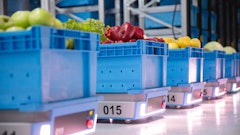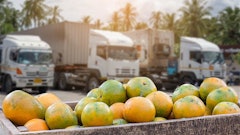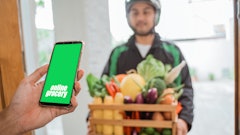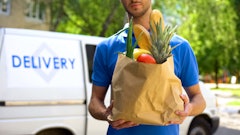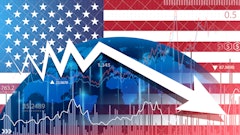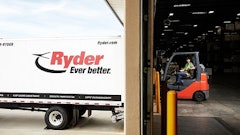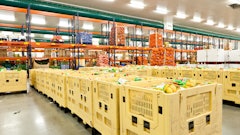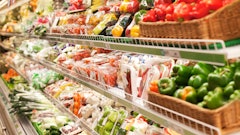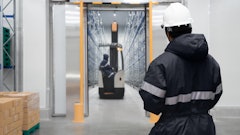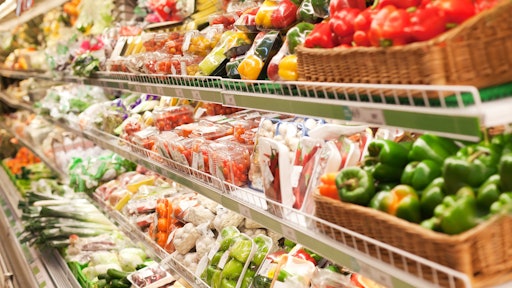
The shrinking sales share of traditional grocers, juxtaposed against the growth of warehouse clubs, mass merchants, and dollar/discount stores depicts the ripple effects of e-commerce, better showcasing the shaping influence on consumer behavior and the accelerated changes brought about by global disruptions, according to new research from C3 Solutions.
“The grocery market is complex. There are high volumes that often include diverse commodities – frozen, refrigerated, dry, and bulk – and lead times are short, so planning is critical,” says C3’s chief revenue officer, Greg Braun. “No one size fits all, but a key benefit of C3’s offering is
that it offers a tailored solution by creating a work plan based on a client’s requirements.”
Key takeaways:
- There’s an undeniable impact of online shopping trends and how major brands are navigating the ecommerce terrain.
- The average grocer carries over 31,000 products in a single store location across various categories. This further exemplifies the need to shift toward fast and accurate order fulfillment.
- The crucial investments grocers are pouring into technology to future-proof their operations provides a snapshot of the future of grocery, or e-grocery.



